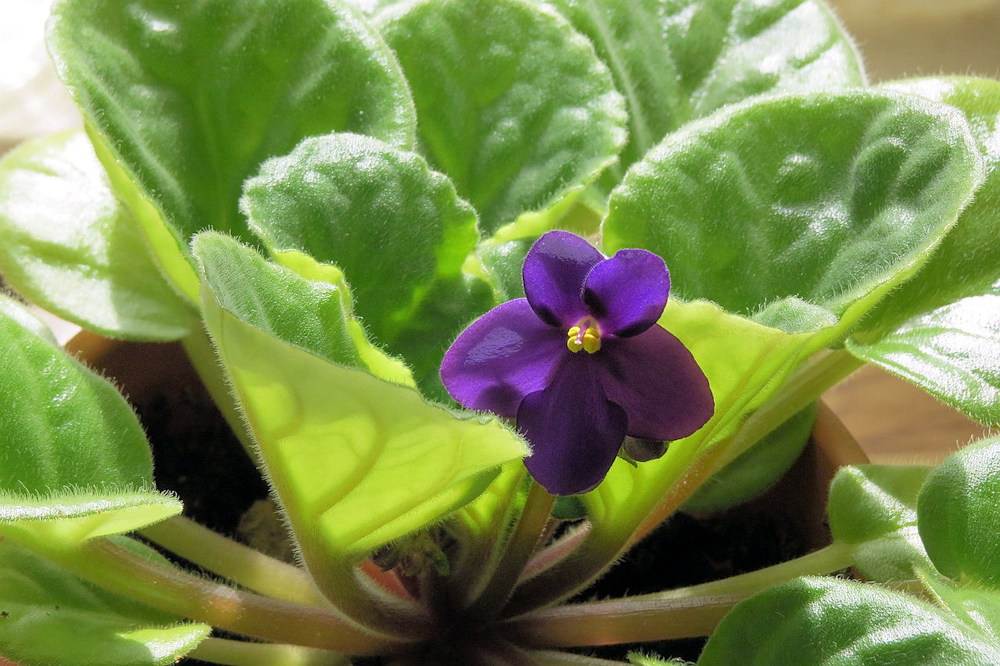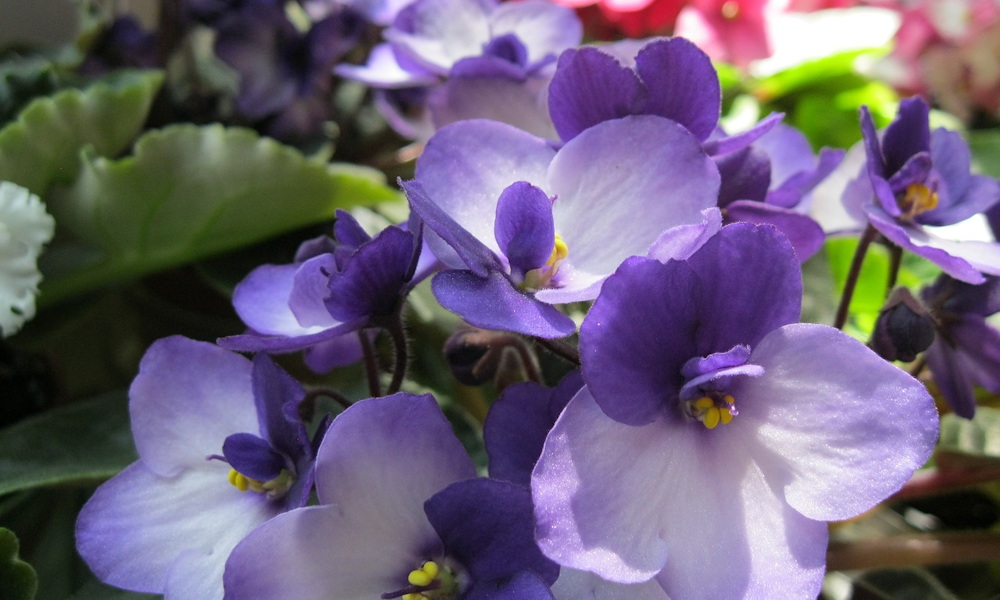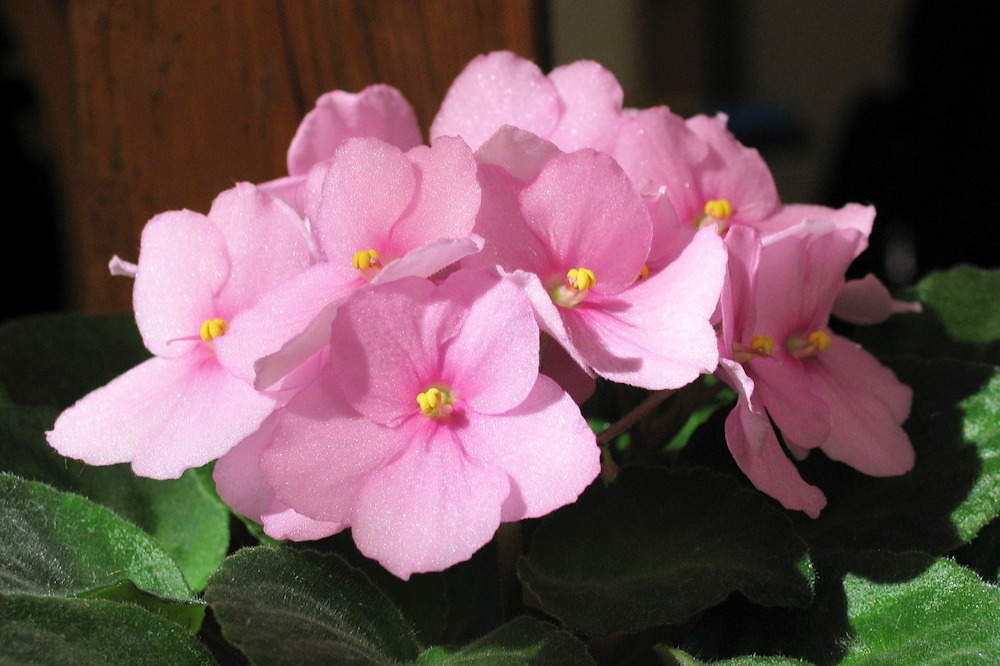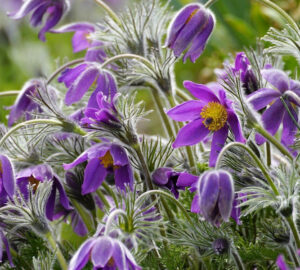In the kaleidoscope of houseplants, one charming gem stands out with its delicate blooms and vibrant foliage – the African violet, scientifically known as Saintpaulia. Plant enthusiasts worldwide find solace and joy in cultivating these beauties, making them a popular choice for indoor gardens. As winter approaches, the allure of African violets only intensifies, offering a touch of color and warmth during the colder months.
Why We Love African Violets: A Green Thumb’s Soft Spot
African violets have secured a special place in the hearts of plant lovers for several reasons. Their compact size, diverse colors and ability to thrive indoors make them an ideal choice for both seasoned gardeners and beginners. The charming, dainty flowers that resemble delicate butterflies add a touch of elegance to any living space. Moreover, the ease of care and adaptability of African violets make them an excellent choice for those looking to cultivate an indoor oasis.
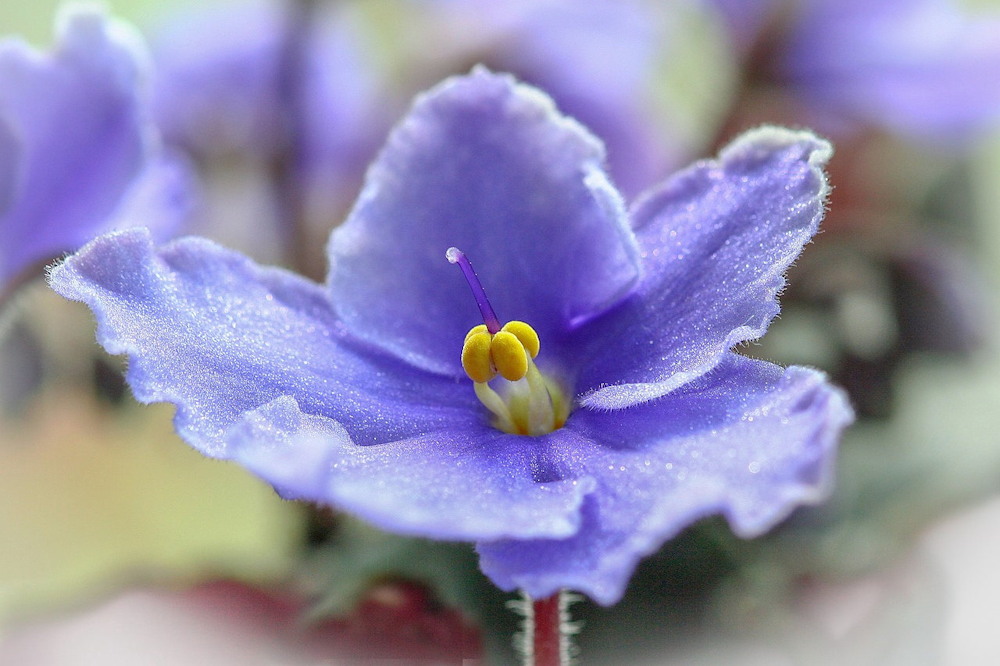
Winter-Ready African Violets: Cozy Varieties to Brighten Your Space
Contrary to popular belief, winter is an opportune time to explore and purchase new varieties of African violets. Nurseries and online shops often stock an array of cultivars specifically bred for colder temperatures. Varieties such as ‘Winter Joy,’ ‘Snowflake Sparkle’ and ‘Frosty Morning’ not only withstand the winter chill but also offer unique color patterns to brighten up your home during the festive season.
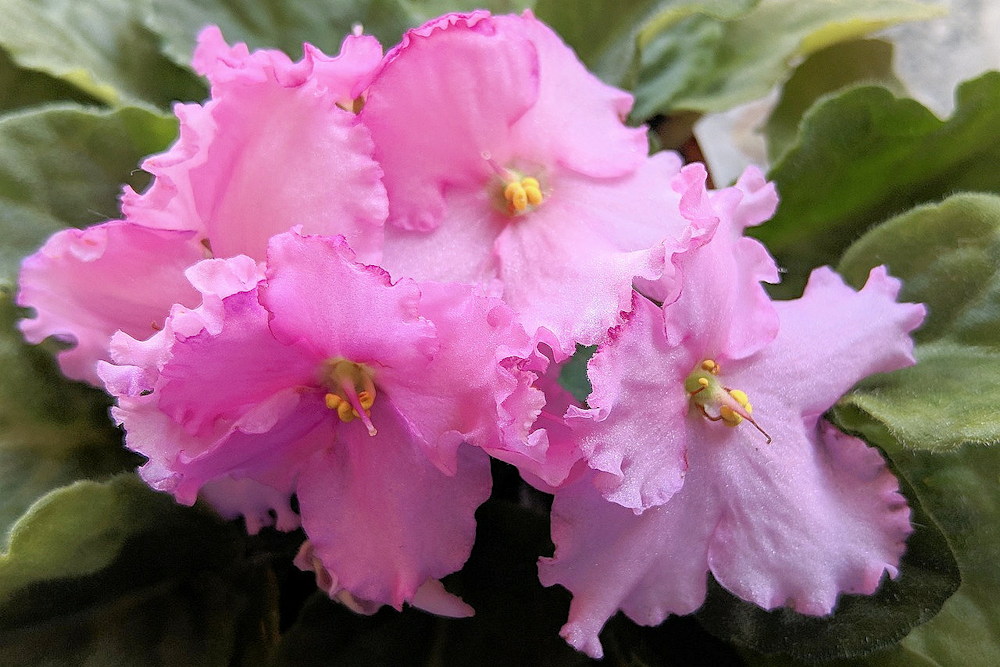
African Violet TLC: Keeping It Simple for Happy Plants
To ensure the health and vibrancy of your African violets, consider the following care tips:
- Light: Provide bright, indirect light to mimic their natural habitat. Avoid exposing them to harsh, direct sunlight.
- Watering: Keep the soil consistently moist but not soggy. Water from the bottom to prevent the leaves from getting wet, as African violets are susceptible to leaf spots.
- Temperature: Maintain a consistent temperature between 65-75°F (18-24°C). Protect them from drafts and sudden temperature fluctuations.
- Soil: Use a well-draining, lightweight potting mix specifically formulated for African violets.
- Fertilization: Feed your African violets with a balanced, water-soluble fertilizer every 2-4 weeks during the growing season.

Yuletide Blossoms: African Violets Cast Their Enchanting Spell on Christmas
As Christmas approaches, the symbolism of African violets takes on a special significance. The vivid blooms mirror the festive colors, bringing a touch of holiday spirit indoors. Their compact size makes them perfect for festive decorations, whether adorning tabletops or nestled in holiday-themed arrangements. Many also consider gifting African violets as a thoughtful gesture, sharing the joy and beauty of these enchanting plants during the season of giving.
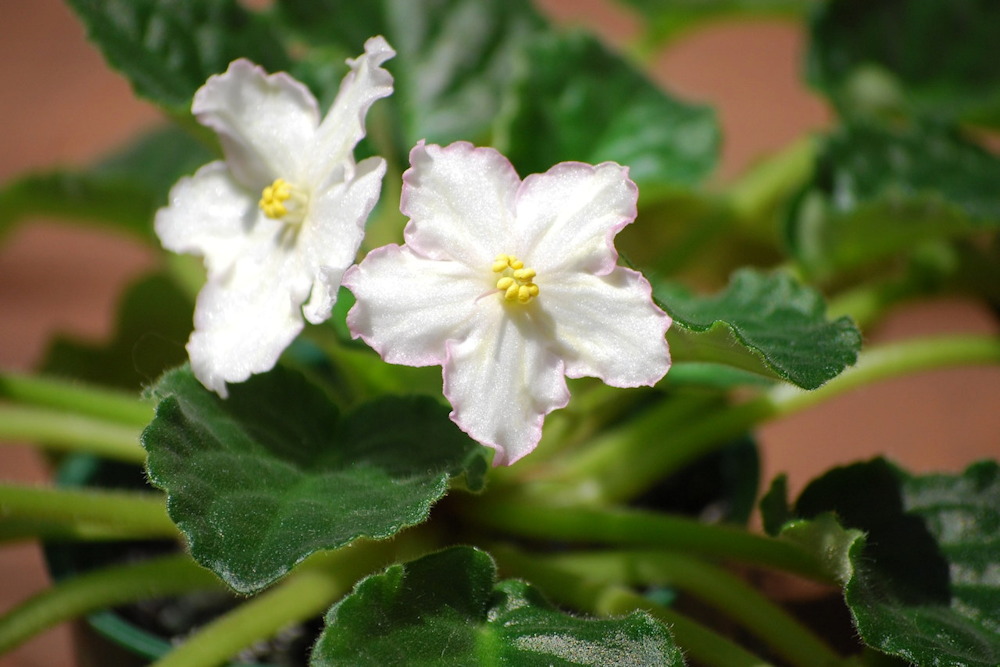
Fun Facts: Quirky Tidbits About African Violets
- Origin: African violets are not native to Africa but were discovered in Tanzania. The name “African violet” pays homage to the continent where they were found.
- NASA Connection: African violets were part of the NASA Clean Air Study, proving their ability to filter and purify indoor air by removing pollutants.
- Hybridization: Over the years, plant enthusiasts have developed thousands of African violet hybrids, resulting in a stunning array of colors, patterns and sizes.
- Longevity: With proper care, African violets can live for several years, rewarding growers with a consistent display of blooms.
- Therapeutic Benefits: Caring for African violets is not only aesthetically pleasing but also therapeutic. Tending to these plants has been linked to reduced stress and increased well-being.
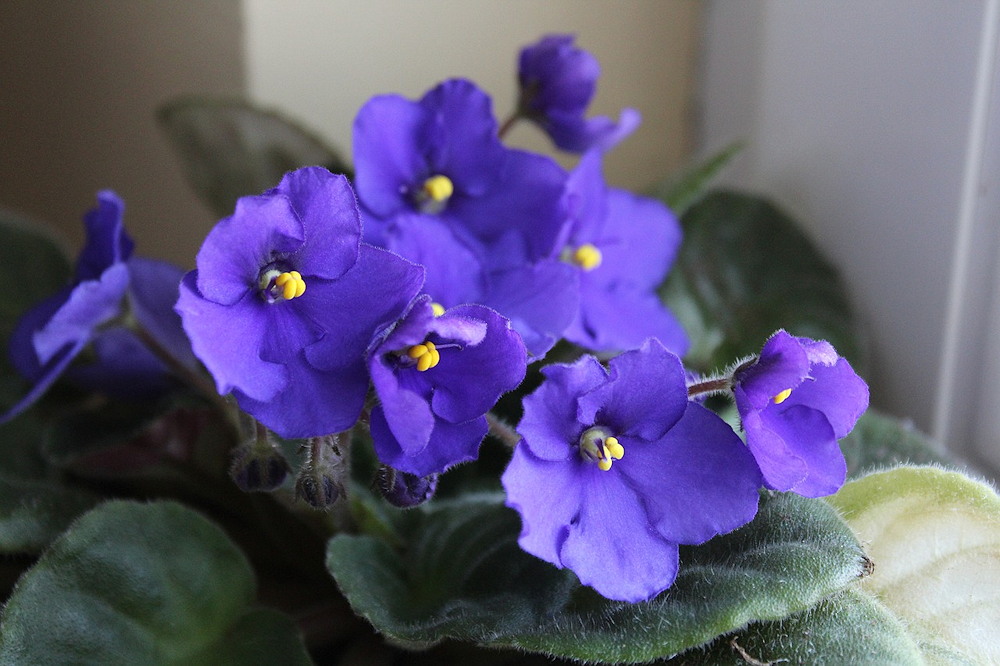
In conclusion, African violets are not merely houseplants; they are ambassadors of beauty and resilience. As the winter chill sets in and Christmas approaches, consider inviting these charming blooms into your home, adding a touch of nature’s elegance to the festive season.
